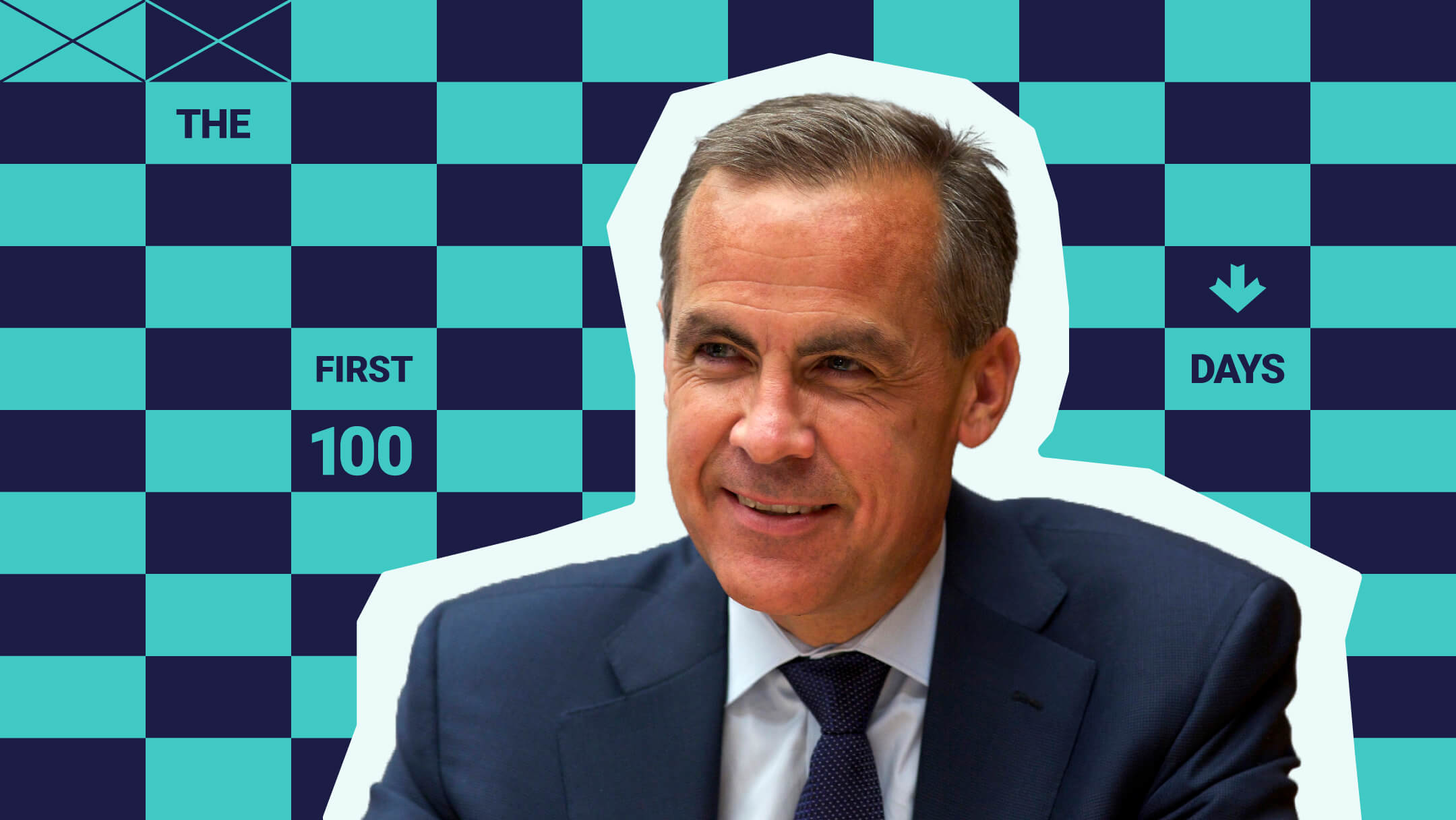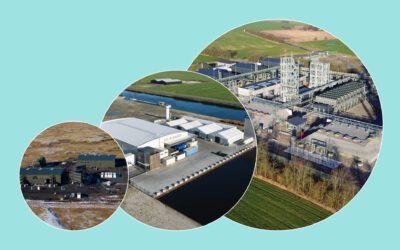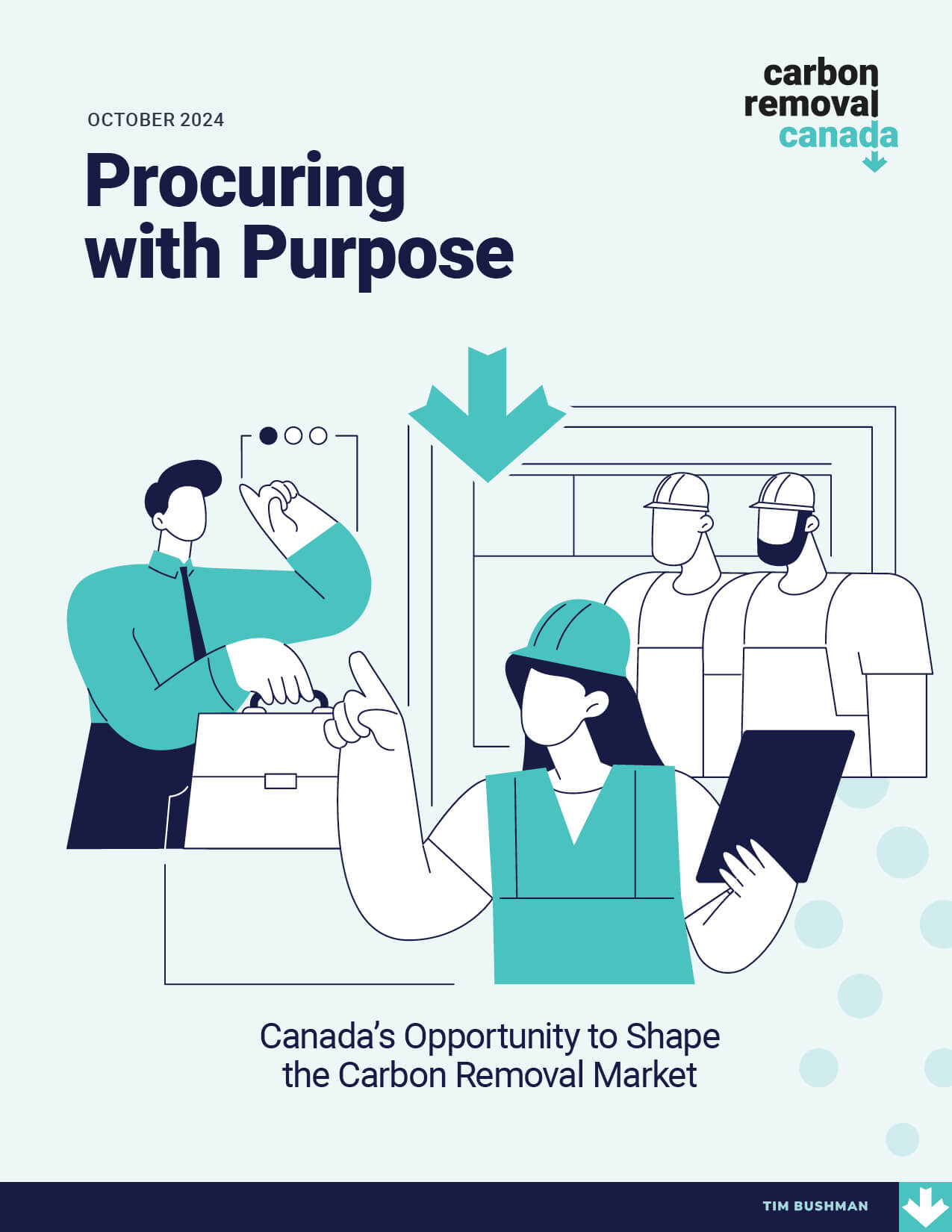The Liberal Party of Canada has committed to becoming a world leader in carbon removal by establishing Canada as a hub for the technology by:
- Expanding the Carbon Capture, Utilization and Storage Investment Tax Credit (CCUS ITC) to include a broad range of carbon removal technologies and extend its eligibility to 2035.
- Accelerate protocol development for carbon removal technologies for use in compliance markets and
- Establish separate carbon removal targets for Canada for 2035 and 2040.
During campaigns, politicians make various promises to earn votes. This election, the Liberal Party committed to hundreds of initiatives across the 67 pages of their platform. However, even with commitments in a party platform, there is no guarantee that politicians will be able to achieve everything they promised.
This is why the first 100 days of a Carney government will matter to scaling carbon removal — Prime Minister Carney has pledged to enact significant policy developments that can drive progress in the sector, but now we need to see the government deliver on the commitments.
To make a tangible difference today, here are the first steps we want to see them take.
Appoint ministers who understand the stakes
The relationships developed between a sector and minister, and by extension, their department, can be the reason a sector succeeds or not.
Due to the diversity of carbon removal methods and their benefits — whether it is economic activity, creating new jobs, restoring salmon habitats, increasing crop yields, or dealing with mine waste — carbon removal technologies fall under the jurisdiction of several government departments.
For example, we have engaged with the Treasury Board Secretariat for the Low-carbon Fuel Procurement Program (LCFPP), Natural Resources Canada for innovation funding, and Environment and Climate Change Canada on climate targets and protocol development.
While not every minister needs to understand carbon removal inside and out, the sector needs strong champions around the cabinet table who can speak to its importance.
Government Glossary
Mandate letters: These letters provide the official priorities of a prime minister to their ministers. In the last ten years, they have been made publicly available and consequently have become both a useful tool to hold officials accountable and a way to signal what a new government will prioritize.
Throne speech: This is a ceremonial speech delivered by the Governor General. It is often seen as the ‘opener’ for a session of parliament and even more so for a government with a new prime minister. It is notable for laying out a government’s four-year agenda.
Include commitments to carbon removal in a mandate letter
Although including carbon removal in the Liberal Party platform was meaningful, including it in mandate letters will demonstrate the political will to make those promises a reality. These letters are scrutinized by companies, investors, and even government officials themselves to understand how to approach their work.
A Carney government that is serious about execution will make sure its platform commitments on carbon removal make the cut for ministers overseeing Environment and Climate Change Canada, Natural Resources Canada, and the Treasury Board Secretariat.
Advance commitments made by the last government
The Government of Canada has made strides in advancing a rapid and responsible scale-up of permanent carbon removal in Canada, but much of it is still a work in progress. On top of a Carbon Management Strategy, the government is also procuring $10M carbon removal credits through the LCFPP and looking to hold consultations on the development of a carbon removal target for the country.
These programs show that carbon removal technologies are here to stay and have an integral future in Canada’s climate plans. Accomplishing the objectives of these previous initiatives while also launching new carbon removal protocols or expanding the CCUS ITC can only amplify the positive signals we have been sending.
Give a throne speech mentioning the carbon removal opportunity
On the campaign trail, Prime Minister Carney said, ‘In the tough days ahead, we will protect Canadians and build Canada strong. If America won’t lead, Canada will.” Carbon removal is a perfect example of where the current U.S. administration has dropped the ball and its leadership status is at stake. Canada can and should lead and bring these benefits home.
Mentioning carbon removal in the throne speech would support this path, as it is a climate solution that says ‘yes, and’ — one that can deliver meaningful economic benefits while making our existing industries more competitive by addressing the hard-to-abate sectors.
Take advantage of Canada’s G7 presidency and put
carbon removal on the agenda
Canada is the current president of the upcoming G7 meeting and will host a summit in Alberta in June. Canada should use this moment to highlight its existing work on carbon removal, particularly through initiatives like the LCFPP. By sharing this approach, Canada can encourage other countries to adopt similar models and strengthen global efforts to combat climate change.
Canada could also rally G7 nations around a new declaration on carbon removal, emphasizing its critical role in reaching net-zero goals and the urgent need to build strong, coordinated demand signals worldwide.
Why does the government need to play a role
in carbon removal now?
Carbon removal is a value-add to all parts of the Canadian economy, whether it is in forestry, steel, agriculture, or aquaculture. It is a technological solution that moves us closer to our climate goals while creating more jobs, more companies, and more investments that strengthen our supply chains. Carbon removal is how we make our economy and environment more resilient to the United States’ whims and to climate change.
Political parties across the spectrum have spent the last 36 days telling Canadians that their government can get things built. The next 100 days will show if they meant it.







